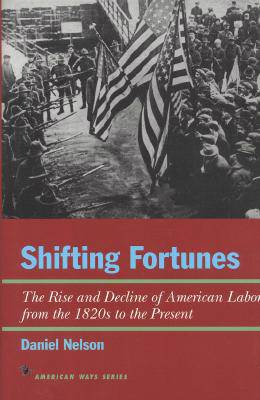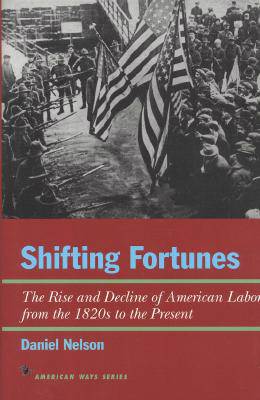
Je cadeautjes zeker op tijd in huis hebben voor de feestdagen? Kom langs in onze winkels en vind het perfecte geschenk!
- Afhalen na 1 uur in een winkel met voorraad
- Gratis thuislevering in België vanaf € 30
- Ruim aanbod met 7 miljoen producten
Je cadeautjes zeker op tijd in huis hebben voor de feestdagen? Kom langs in onze winkels en vind het perfecte geschenk!
- Afhalen na 1 uur in een winkel met voorraad
- Gratis thuislevering in België vanaf € 30
- Ruim aanbod met 7 miljoen producten
Zoeken
Shifting Fortunes
The Rise and Decline of American Labor, from the 1820s to the Present
Daniel Nelson
€ 23,95
+ 47 punten
Uitvoering
Omschrijving
In this illuminating survey of American labor from the 1820s to the present, Daniel Nelson looks for the reasons why union activity has ebbed and flowed since the onset of the Industrial Revolution. Rather than simply summarizing other people's books, Mr. Nelson offers an original and provocative view of the union experience in America.
Specificaties
Betrokkenen
- Auteur(s):
- Uitgeverij:
Inhoud
- Aantal bladzijden:
- 192
- Reeks:
Eigenschappen
- Productcode (EAN):
- 9781566631792
- Verschijningsdatum:
- 1/11/1997
- Uitvoering:
- Hardcover
- Afmetingen:
- 140 mm x 189 mm
- Gewicht:
- 350 g

Alleen bij Standaard Boekhandel
+ 47 punten op je klantenkaart van Standaard Boekhandel
Beoordelingen
We publiceren alleen reviews die voldoen aan de voorwaarden voor reviews. Bekijk onze voorwaarden voor reviews.









